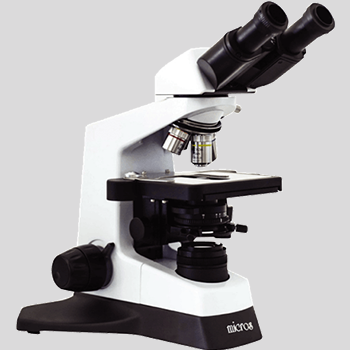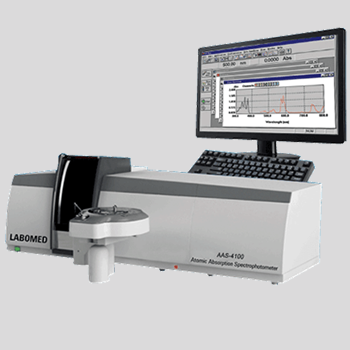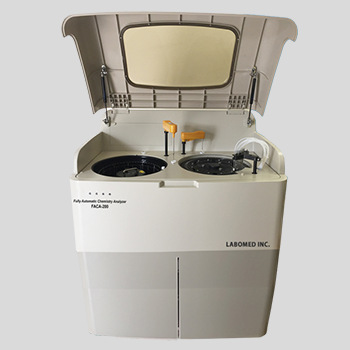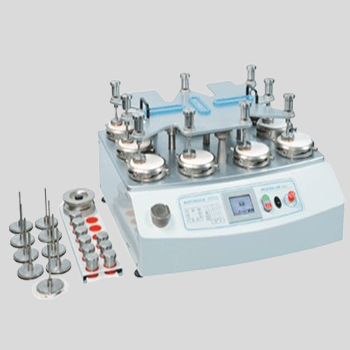Description
Types of Microscopes
There are several types of microscopes, each with its own specific applications:
- Optical Microscope: The most common type, it uses lenses to magnify objects.
- Compound Microscope: Uses multiple lenses to achieve higher magnification.
- Stereo Microscope: Creates a 3D image, often used for dissecting and examining larger specimens.
- Electron Microscope: Uses a beam of electrons instead of light to magnify objects, offering much higher resolution.
- Scanning Electron Microscope (SEM): Creates a detailed image of the surface of a specimen.
- Transmission Electron Microscope (TEM): Examines the internal structure of a specimen.
- Fluorescence Microscope: Uses fluorescent dyes to label specific components of a specimen, allowing them to be visualized under ultraviolet light.
- Phase-Contrast Microscope: Enhances the contrast of transparent or translucent specimens.
Components of a Microscope
A typical optical microscope consists of the following components:
- Eyepiece: The lens you look through to view the magnified image.
- Objective Lens: The lens closest to the specimen, which magnifies the image.
- Stage: The platform where the specimen is placed.
- Condenser: A lens that focuses light onto the specimen.
- Light Source: A lamp that provides illumination.
- Focusing Knobs: Controls that adjust the focus of the microscope.






